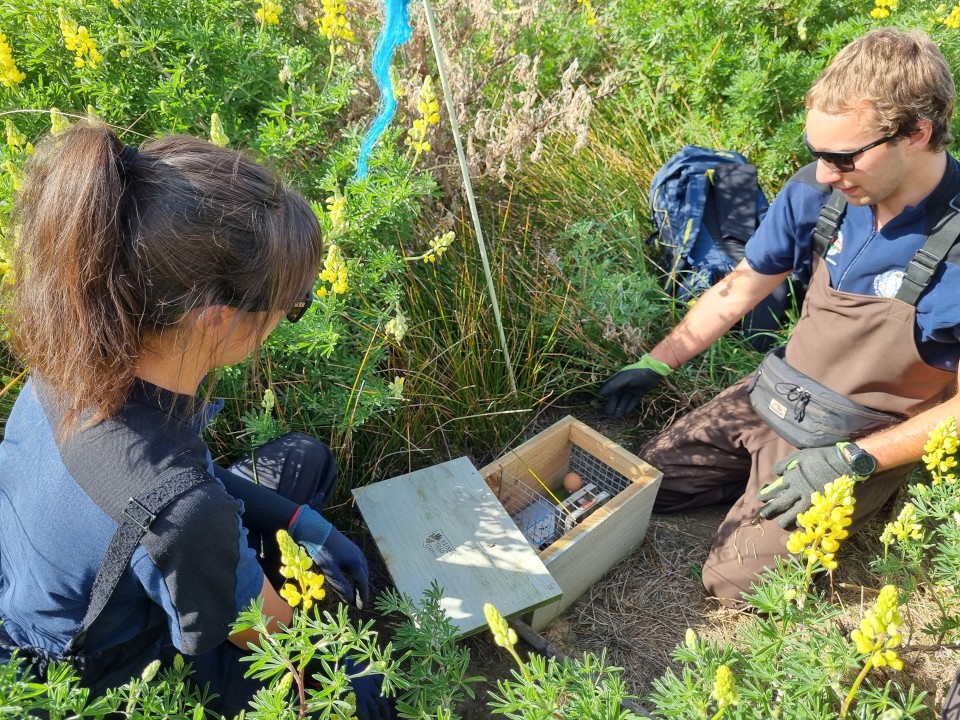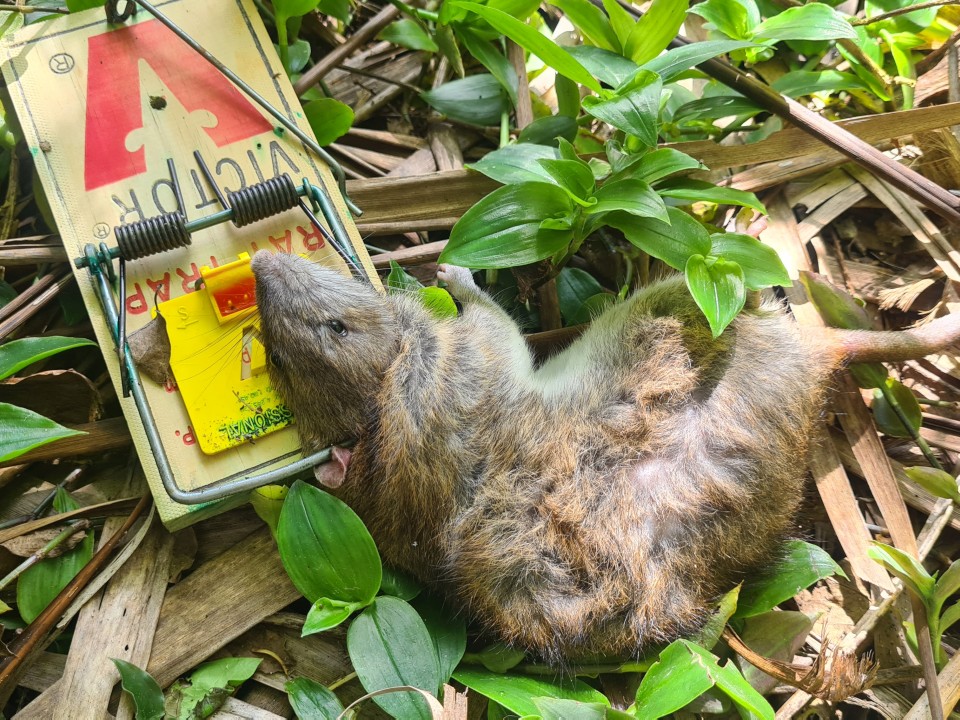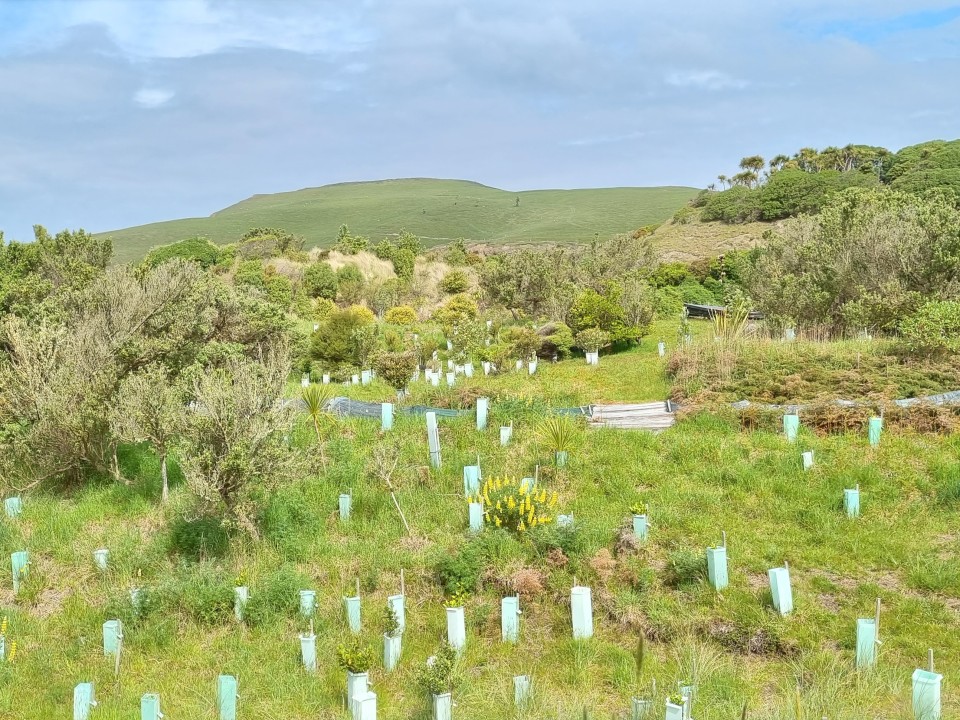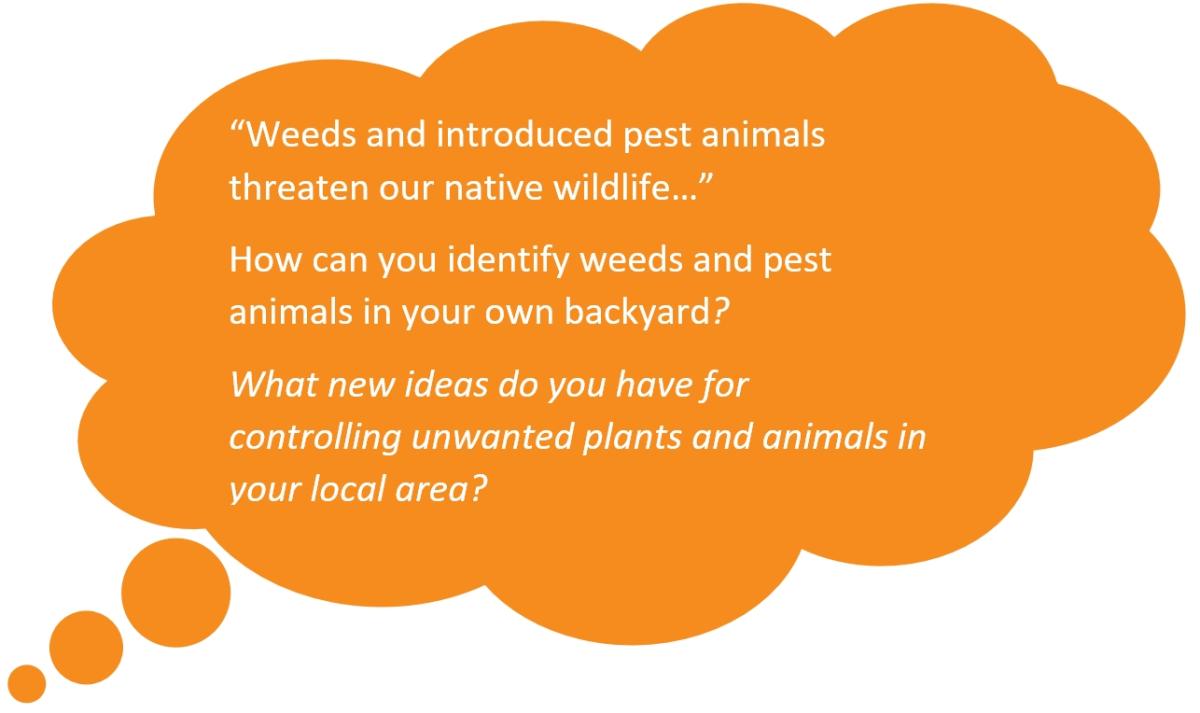You can contact LEARNZ, part of CORE Education, at:
Postal Address:
PO Box 13 678,
Christchurch 8141,
New Zealand

The Wildlife Hospital Dunedin is just one way to help protect native animals. You too can help protect native animals.
If we want to protect native animals, then we need to look after the environment they live in. When an environment or ecosystem is healthy it has a high level of biodiversity. Biodiversity is short for biological diversity. It is the number and variety of living things found within a certain area.
Biodiversity is the result of different plants and animals living in different conditions. These different species all have different roles in an ecosystem. An ecosystem is made up of living things like animals, plants, fungi and bacteria, as well as the environment they live in.
To restore biodiversity, you may need to first remove, or control introduced species that can harm native species.
Pests such as possums, rats, feral cats and stoats compete with our native birdlife for food and habitat. They can eat the eggs and young, and attack the adults. They are also a major cause of decline for many other species, including reptiles and invertebrates. These animals are often called predators.
Larger pests such as goats and deer cause damage to native forests by feeding on forest plants, trees and seedlings. Forests can’t regenerate when these young seedlings are eaten. Pigs stop forest growth by digging up the forest floor in search of grubs and roots.
Find out more about the different animal pests in Aotearoa New Zealand.

There are now more introduced plant species growing wild in Aotearoa than native plant species. Only a handful of weed species have ever been eradicated from Aotearoa. Weeds threaten the long-term survival of some native animals by:
Weeds threaten our natural ecosystems. They displace native vegetation and lead to modified ecosystems that are not good habitat for native species.
Most of the spread of weeds in Aotearoa New Zealand is because of people. They bring in new plants that spread and dump garden waste in bush reserves.
People can have a large impact on the environment. Before people arrived in Aotearoa, the land was covered in bush. But three-quarters of it has been burned or cut down. Over 90 percent of New Zealand’s wetlands have been drained or filled. Many of our lakes and rivers now have poor water quality. Our activities have reduced the level of biodiversity in Aotearoa and continue to threaten our native species.
To help native animals we need to restore the ecosystems that they live in. This might mean:
It’s important to know which predators you’re targeting to ensure you use the right baits and traps. The most common introduced predator in backyards tends to be rats, but it is still best to check first!
Once you know which predators you’re dealing with, it’s time to select your traps. Visit the Predator Free NZ website to find out more.

 Native plants provide a healthy habitat, by providing shelter and food. Plants can also reduce erosion, filter water and improve water quality.
Native plants provide a healthy habitat, by providing shelter and food. Plants can also reduce erosion, filter water and improve water quality.
Ideally, bush areas will regenerate naturally from falling seeds, or those carried in by wind or birds. But sometimes nature may need a helping hand through active restoration planting and seeding.
It is important to plant species that grow naturally in an area. This can be done by collecting seeds close to where they will be planted. This is called eco-sourcing. Eco-sourced plants will be suited to local conditions and more likely to survive.
Many iwi, hapu, councils, organisations and community groups are working on restoration projects to help our native species thrive.
Complete the Protecting our native animals quiz >